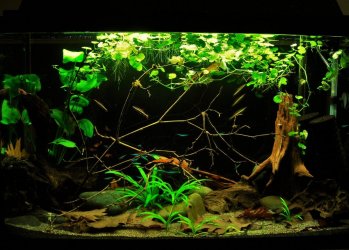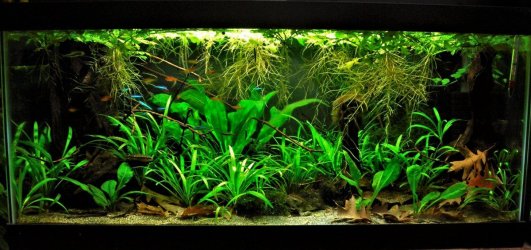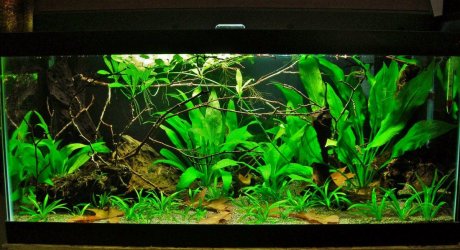amaranth13
Fish Fanatic
So I worked from home today giving me more time to test things. Both tanks were dosed with respectively 2 and 3 ppm yesterday evening. Then this morning, there was no ammonia left in either of them and 0.25 ppm of nitrites in each of them. I tested nitrites again at noon and at 7.30 pm, and in both cases, the nitrite level remained 0.25 ppm... I'm so confused! The bacteria clearly can handle more nitrites, since the rest of the nitrites created by the ammonia were processed. Why aren't the bacteria processing anything after it reaches 0.25 ppm? The pH hadn't lowered enough today on either tank to need a water change so it can't be that the pH became too low to process it.. I have no idea what's going on. And my water has no nitrites in it from the tap, so that's not it either..




